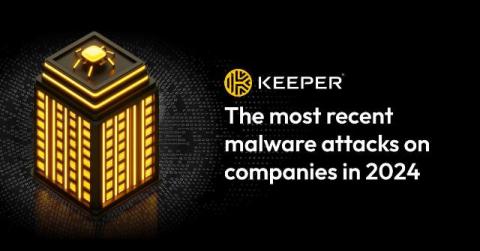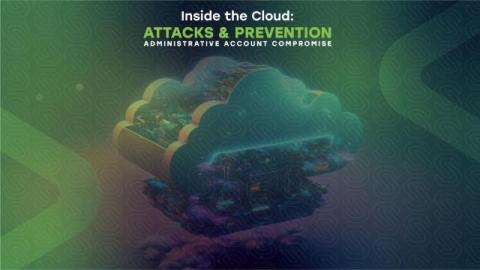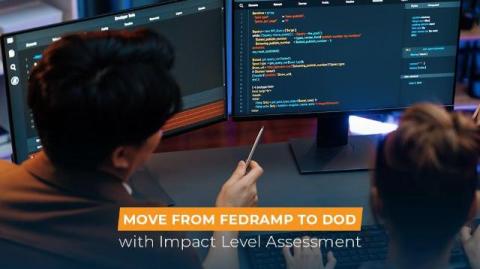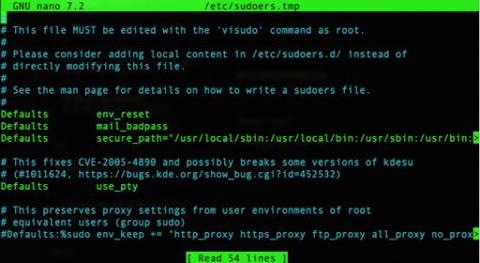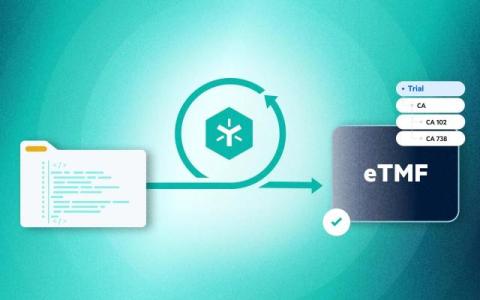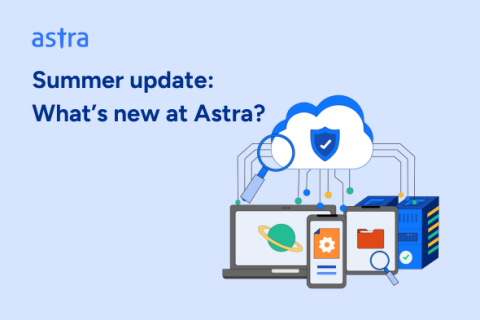Can Someone Hack My Home WiFi?
Yes, it is possible for someone to hack your home WiFi. This can occur if you have a weak WiFi password, if you fail to update your router’s software or through a method called Domain Name Server (DNS) hijacking. Continue reading to learn how your home WiFi can be compromised, the signs of a hacked WiFi router, the steps to take if you get hacked and effective measures to prevent your home WiFi from getting hacked.



